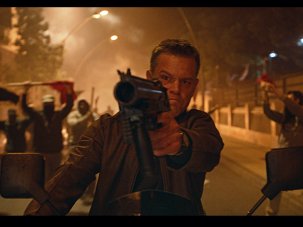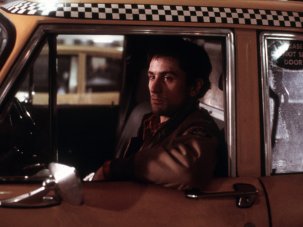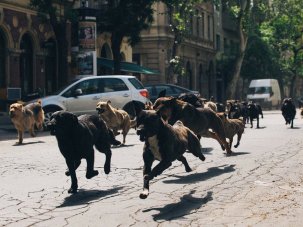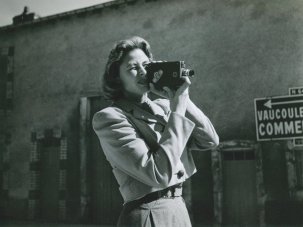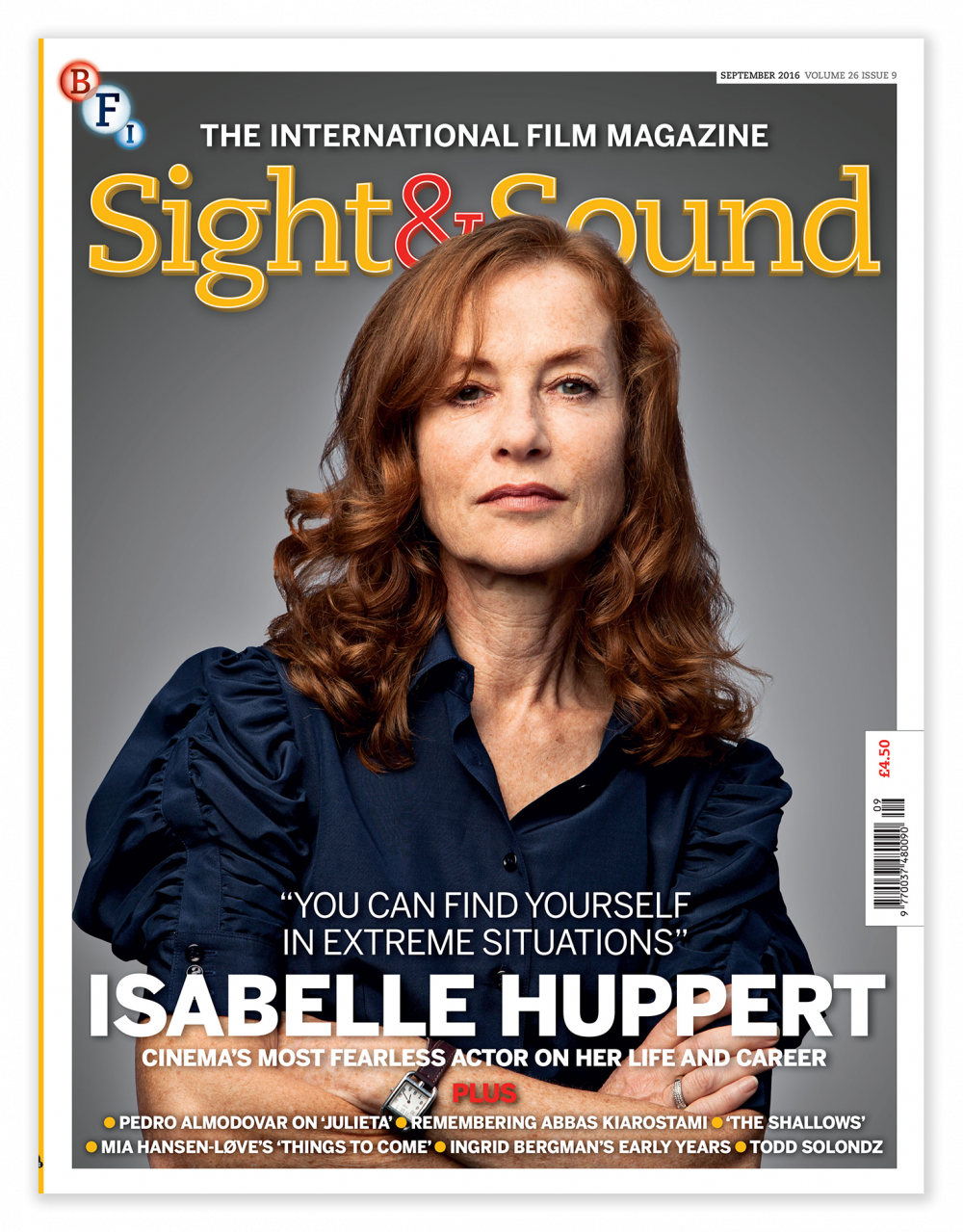
“Cinema’s most fearless actor,” boldly proclaims this month’s Sight & Sound cover featuring Isabelle Huppert, and who would disagree? The French star has been constantly pushing away at the boundaries of her chosen art in the company of many of the world’s greatest directors, and captivating audiences with her courage, intelligence and versatility, ever since her screen debut back in 1971. S&S editor Nick James sits down with Huppert for an in-depth and revealing look back over her career, while Catherine Wheatley, in the company of Huppert’s latest director Mia Hansen-Løve, ponders their Things to Come, in which Huppert plays a sixtysomething philosophy lecturer coping with multiple losses and the difficult to negotiate freedoms they bring in their wake.
Posted to subscribers and available digitally 5 August
→ Buy a single print issue
→ Access the digital edition
→
On UK newsstands 9 August
The career of another female acting legend, Ingrid Bergman, also comes under scrutiny in this issue, particularly her formative years in Sweden and later Germany which shaped the Hollywood icon we’re more familiar with. Pamela Hutchinson looks back on those early steps in the industry, in particular the film Intermezzo, which caught the attention of none other than David O. Selznick and instigated that famous phone call to Hollywood. The rest is celluloid history.
Speaking of celluloid history, few directors are more steeped in it than Pedro Almodóvar, especially its more melodramatic offerings. Although saying which, his exquisite new film Julieta, which explores guilt, memory and secrets through the life-story of a Madrid teacher of classics, feels like something of a departure for the Iberian magician – fewer fireworks and directorial flourishes, instead something more spare and stripped-down. Maria Delgado peels back the thematic layers of what is arguably Almodóvar’s best film for some time.
Another Spanish director, Jaume Collet-Serra, is lauded by Nick Pinkerton for carving out a niche for himself in the US making high-quality, mid-budget genre pics, of which his latest, The Shallows, is a typical example. It’s a hugely entertaining shark attack thriller starring Blake Lively as the would-be victim fighting for her life just off a cloistered beach in Mexico. As Pinkerton attests, it’s a film for those of us “who gravitate towards the pleasures of free invention and sound craftmanship”; qualities too rarely encountered in American cinema’s mid-budget generic offerings.
US indie auteur/gloom-merchant Todd Solondz is about as far removed from genre as it’s possible to imagine; more of a genre unto himself, perhaps, one in which prejudice, disaffection and ennui provide the typical foundations. His latest offering, Wiener-Dog, stars Greta Gerwig and it split into four loosely connected tales connected by a dachshund. Jonathan Romney explores with Solondz what some critics have described as his most extreme film to date.
And last but by no means least, a tribute to recently deceased Iranian master Abbas Kiarostami. “Cinema begins with Griffith and ends with Kiarostami”, Godard once famously said. We sincerely hope not, but nevertheless one of the all-time greats of the medium has gone. To mark his passing, Geoff Andrew asked various other directors – Jim Jarmusch, Victor Erice, Mike Leigh, Shirin Neshat, John Akomfrah, Nicolas Philibert – to share their insights into the enduring qualities that make Kiarostami’s films so special and unique.
Features
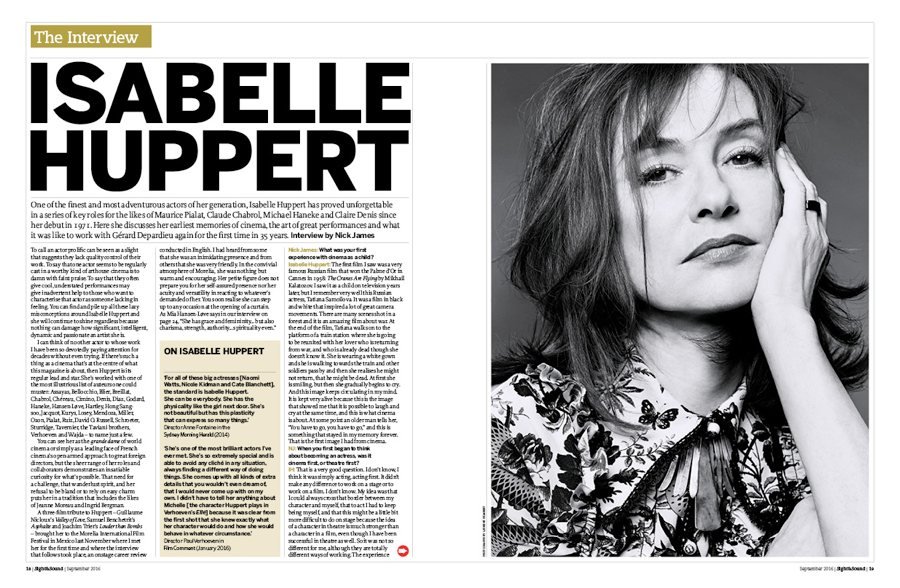
Isabelle Huppert: The S&S Interview
One of the finest and most adventurous actors of her generation, Isabelle Huppert has proved unforgettable in a series of key roles for the likes of Maurice Pialat, Claude Chabrol, Michael Haneke and Claire Denis since her debut in 1971. Here she discusses her earliest memories of cinema, the art of great performances and what it was like to work with Gérard Depardieu again for the first time in 35 years. Interview by Nick James.
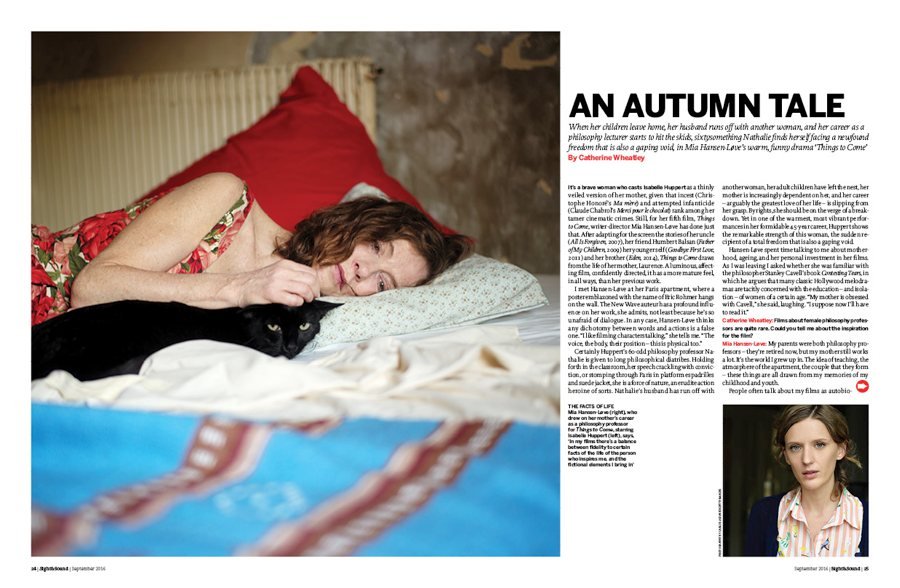
An Autumn Tale
When her children leave home, her husband runs off with another woman, and her career as a philosophy lecturer starts to hit the skids, sixtysomething Nathalie finds herself facing a newfound freedom that is also a gaping void, in Mia Hansen-Løve’s warm, funny drama Things to Come. By Catherine Wheatley.
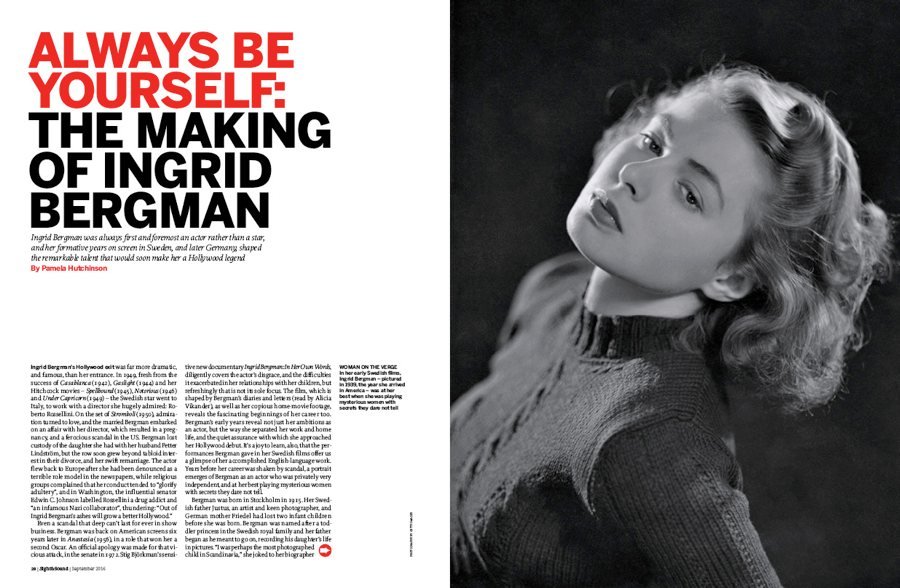
Always Be Yourself: The Making of Ingrid Bergman
Ingrid Bergman was always first and foremost an actor rather than a star, and her formative years on screen in Sweden, and later Germany, shaped the remarkable talent that would soon make her a Hollywood legend. By Pamela Hutchinson.
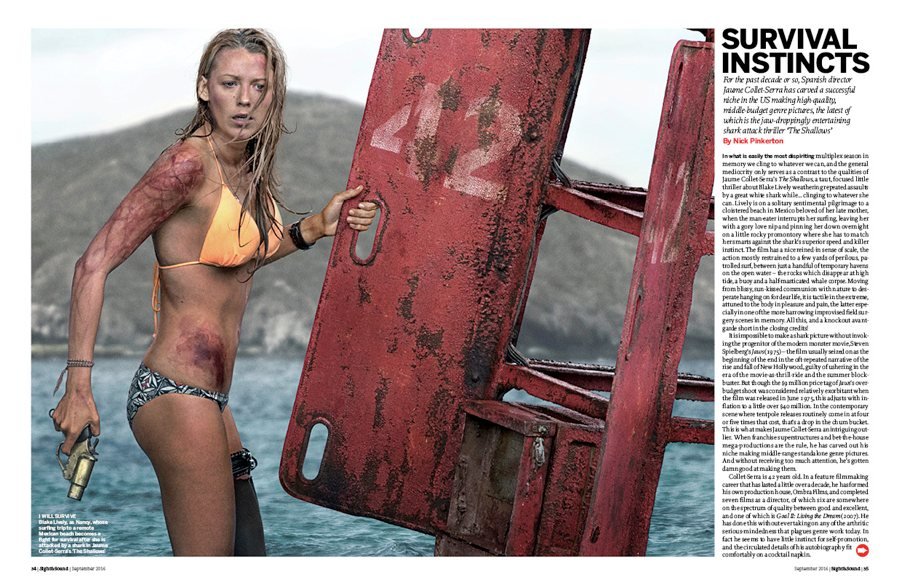
Survival Instincts
For the past decade or so, Spanish director Jaume Collet-Serra has carved a successful niche in the US making high-quality, middle-budget genre pictures, the latest of which is the jaw-droppingly entertaining shark attack thriller The Shallows. By Nick Pinkerton.
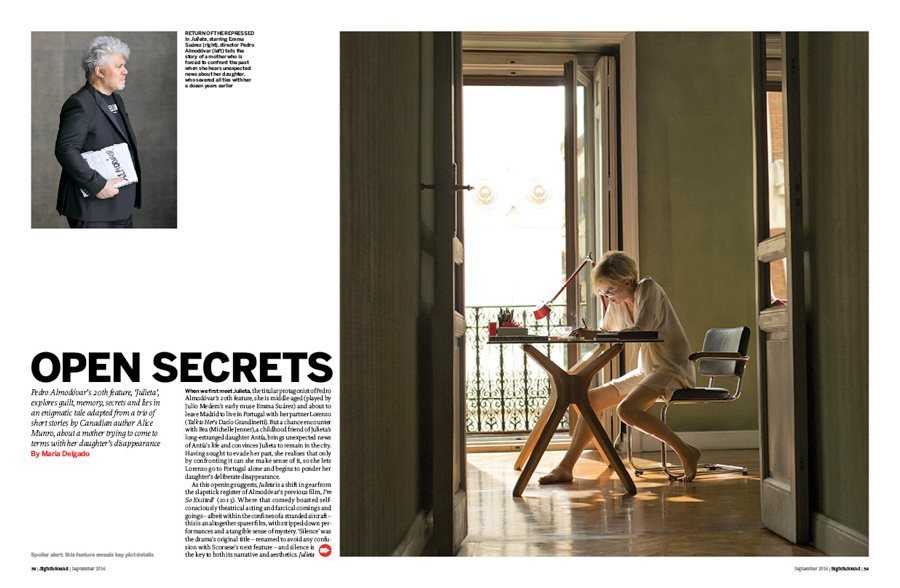
Open Secrets
Pedro Almodóvar’s 20th feature, Julieta, explores guilt, memory, secrets and lies in an enigmatic tale adapted from a trio of short stories by Canadian author Alice Munro, about a mother trying to come to terms with her daughter’s disappearance. By Maria Delgado.
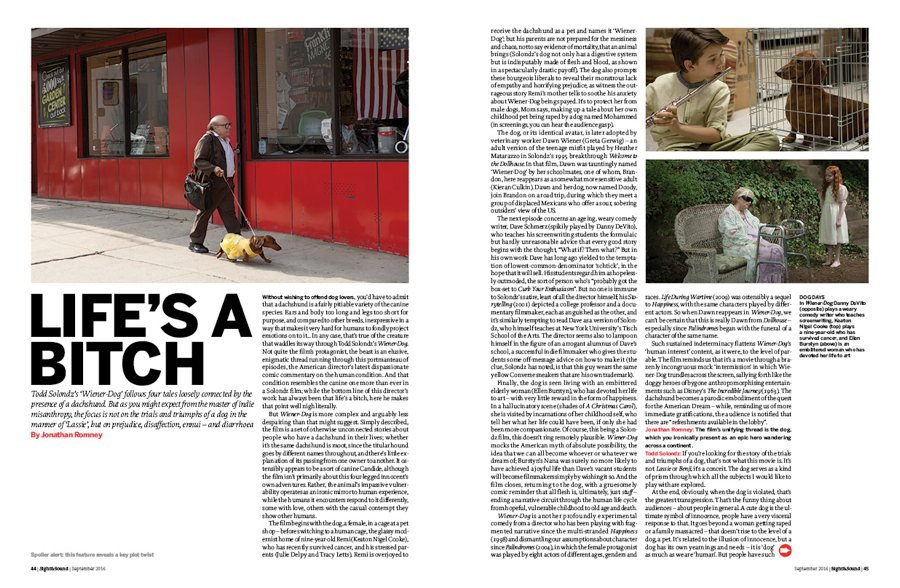
Life’s a Bitch
Todd Solondz’s Wiener-Dog follows four tales loosely connected by the presence of a dachshund. But as you might expect from the master of indie misanthropy, the focus is not on the trials and triumphs of a dog in the manner of Lassie, but on prejudice, disaffection, ennui – and diarrhoea. By Jonathan Romney.
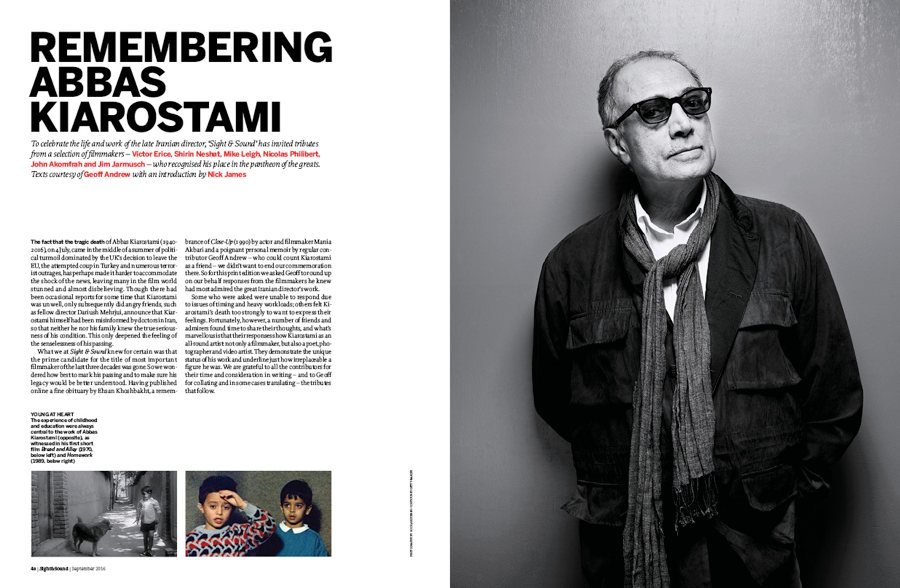
Remembering Abbas Kiarostami
To celebrate the life and work of the late Iranian director, Sight & Sound has invited tributes from a selection of filmmakers – Víctor Erice, Shirin Neshat, Mike Leigh, Nicolas Philibert, John Akomfrah and Jim Jarmusch – who recognised his place in the pantheon of the greats. Texts courtesy of Geoff Andrew with an introduction by Nick James.
☞
Editorial
Bourne, ballistic cinema and globalisation
Rushes
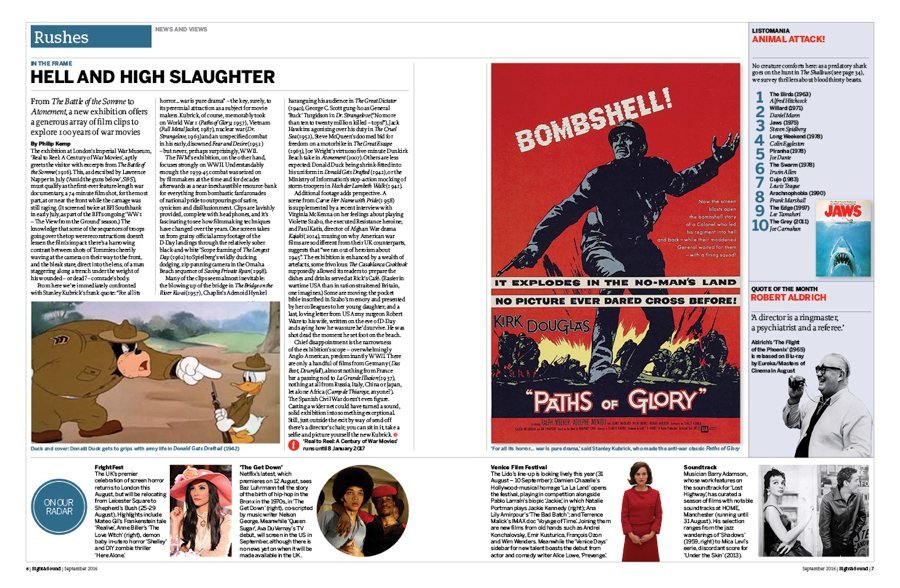
In the frame: Hell and high slaughter
From The Battle of the Somme to Atonement, a new exhibition offers a generous array of film clips to explore 100 years of war movies. By Philip Kemp.
Listomania: Animal attack!
Object lesson: All cisterns are go
Disgusting but essential, ubiquitous but rarely screened, the toilet is apt to get bogged down in symbolic importance. By Hannah McGill.
The five key…: Dog films
As Todd Solondz’s Wiener-Dog hits UK cinemas, we look at other films that have used stories about dogs to think about humans. By Robert Hanks.
Rediscovery: Disappearing act
What caused R.W. Paul, the great pioneer of British film, to quit the industry suddenly after a series of inventive, influential early works? By Ian Christie.
Dispatches: What and where
Discoveries in neuroscience are changing how we think about the arts, offering a conceptual structure that helps reconfigure film history. By Mark Cousins.
The Industry
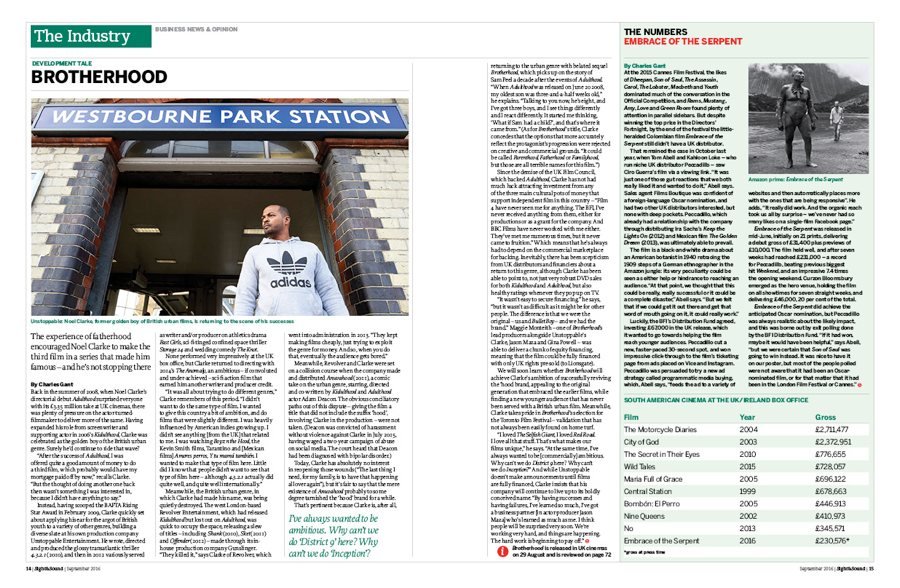
Development tale: Brotherhood
The experience of fatherhood encouraged Noel Clarke to make the third film in a series that made him famous – and he’s not stopping there. By Charles Gant.
The numbers
Embrace of the Serpent and South American cinema at the UK/Ireland box office. By Charles Gant.

Festivals
Il Cinema Ritrovato: Universal affirmative
A focus on Universal Pictures in the early 30s was a particular joy at this year’s festival of archive film in Bologna. By James Bell.
Wide Angle
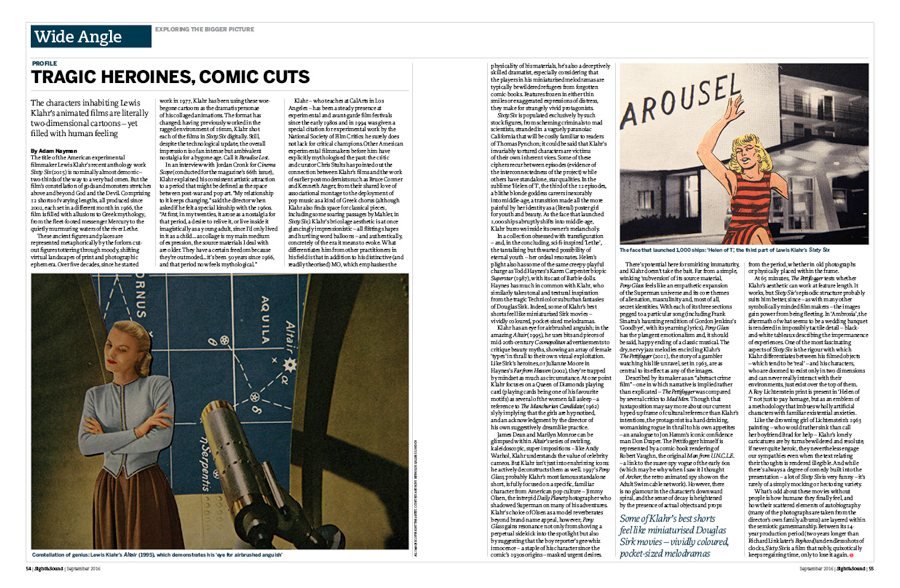
Profile: Tragic heroines, comic cuts
The characters inhabiting Lewis Klahr’s animated films are literally two-dimensional cartoons – yet filled with human feeling. By Adam Nayman.
Soundings: Silent harmonies
When it comes to choosing music to accompany a silent film, the possibilities are endless – and so are the possibilities for getting it wrong. By Pamela Hutchinson.
Primal screen: the world of silent cinema
At Bologna’s annual festival, it is possible to feel connected to the whole world – and especially to the past. By Bryony Dixon.
Festival: Sexy beasts
Helsinki’s Viva Erotica festival celebrates sex on film in all its variety – hardcore, softcore and conceptual-experimental. By Saskia Vogel.
Preview: Blow up
A documentary about art pioneers Action Space shows that their experiments with air pumps were far more than a wizard wheeze. By Sukhdev Sandhu.
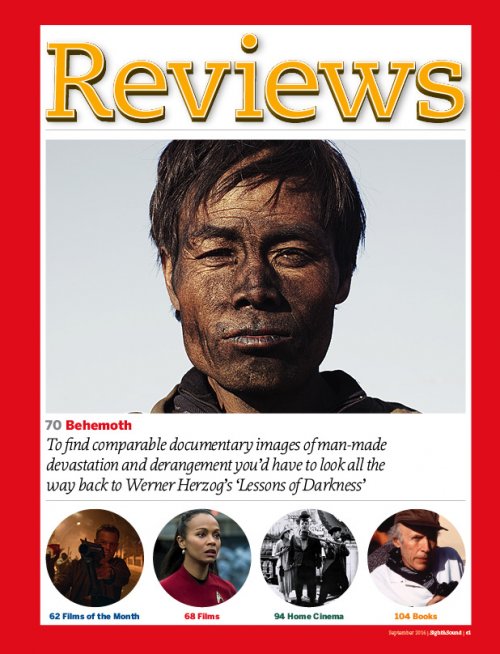
Our Reviews section
Reviews
Films of the month
The Childhood of a Leader
Cosmos
Jason Bourne
plus reviews of
Absolutely Fabulous: The Movie
Almost Holy
Anthropoid
Asterix: The Mansions of the Gods
Behemoth
Black
Brotherhood
Café Society
Cell
The Confession: Living the War on Terror
The Fall
The Founders
400 Days
Ghostbusters
Ice Age: Collision Course
The Idol
Ingrid Bergman: In Her Own Words
Jim: The James Foley Story
Julieta
The Killing$ of Tony Blair
The Legend of Tarzan
Lights Out
Mike and Dave Need Wedding Dates
Nerve
Pete’s Dragon
Popstar: Never Stop Never Stopping
Raman Raghav 2.0
River
The Shallows
Star Trek: Beyond
Swallows and Amazons
Things to Come
Tickled
Traders
Valley of Love
The Wait
The Wave
Wiener-Dog
Home Cinema features
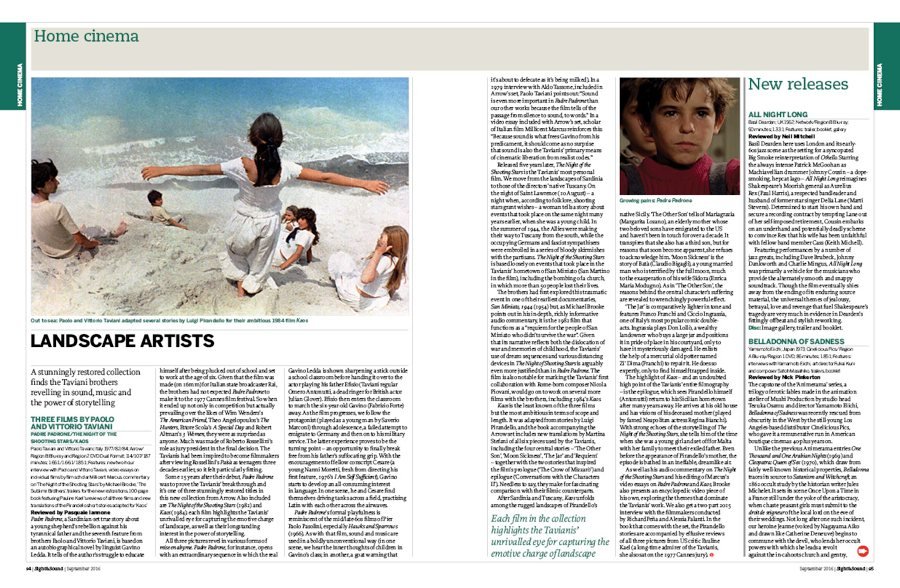
Our Home Cinema section
Landscape artists: Three Films by Paolo and Vittorio Taviani
A stunningly restored collection finds the Taviani brothers revelling in sound, music and the power of storytelling. By Pasquale Iannone.
Another country: Akenfield and On the Black Hill
Despite their seemingly idyllic settings, two films reveal the hardships and harsh realities of rural life in old England. By Graham Fuller.
Short and sweet: Buster Keaton: The Complete Short Films
The roots of Buster Keaton’s comic style can be traced to a series of surprisingly sophisticated two-reelers made with Roscoe Arbuckle. By Pamela Hutchinson.
Lost and found: The Nickel Ride
Robert Mulligan’s LA-set 1970s ‘sunshine noir’ is a melancholy, dreamlike portrait of an imperilled man on the fringes of the mob. By Andrew Male.
plus reviews of
All Night Long
Belladonna of Sadness
Crimes of Passion
Edvard Munch
Films by Rainer Werner Fassbinder
The In-Laws
A Kind of Loving
99 River Street
Play On! Shakespeare in Silent Film
The Private Affairs of Bel Ami
Return of the Living Dead
Television
Timeslip
The Ginger Tree
Roobarb Custard
Books
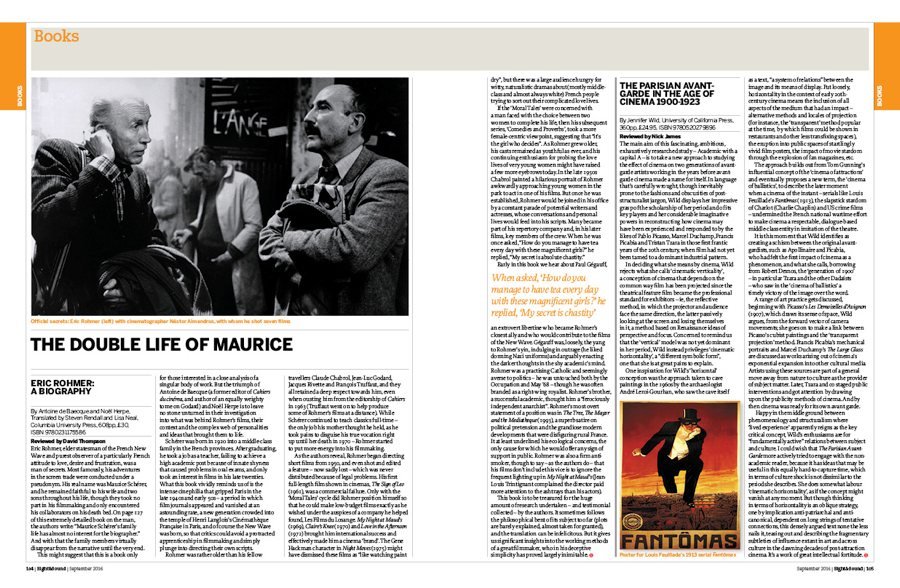
Eric Rohmer: A Biography by Antoine de Baecque and Noël Herpe, translated by Steven Rendall and Lisa Neal (Columbia University Press) reviewed by David Thompson
The Parisian Avant-Garde in the Age of Cinema 1900-1923 by Jennifer Wild (University of California Press) reviewed by Nick James
The Day the Music Died: A Life Lived Behind the Lens by Tony Garnett (Constable) reviewed by Mark Duguid
Letters
Linguistic crossover titles: a distributor speaks
Cultivating the cinema: another distributor speaks
Now You See Me 2 But 1 You Didn’t
The Neon Demon’s predations
Remembering Michèle Morgan
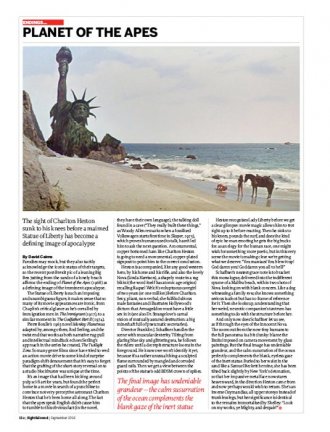
Our Endings section
Endings
Planet of the Apes
The sight of Charlton Heston sunk to his knees before a maimed Statue of Liberty has become a defining image of apocalypse. By David Cairns.
Further reading
-
The Digital Edition and Archive quick link
Log in here to your digital edition and archive subscription, take a look at the packages on offer and buy a subscription.




